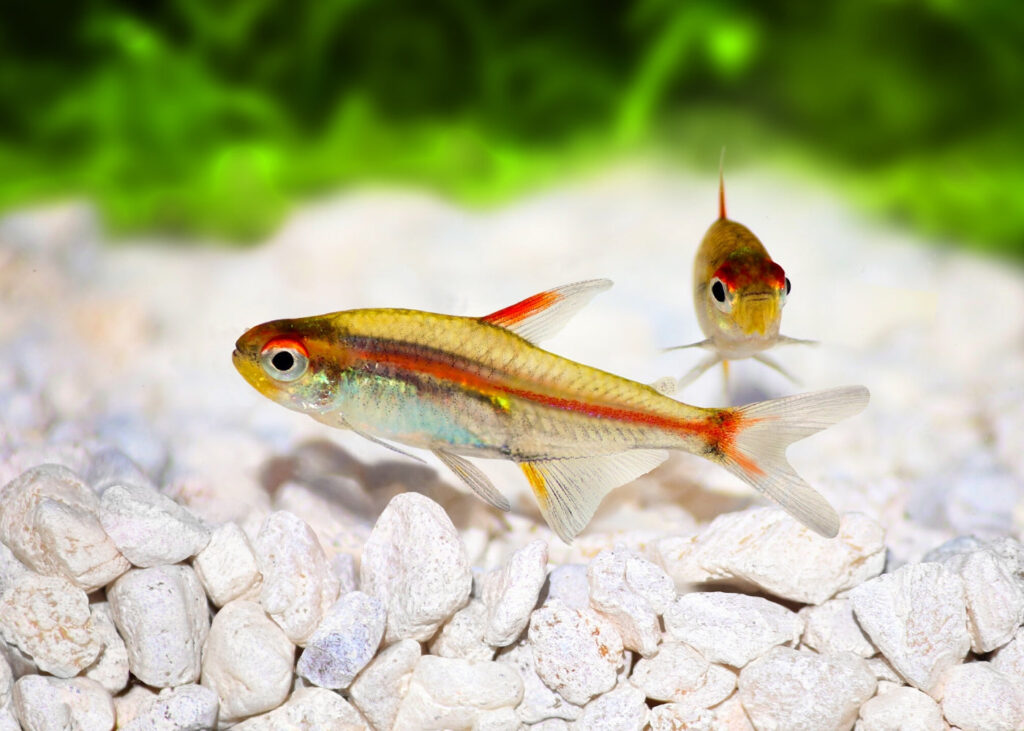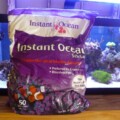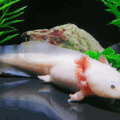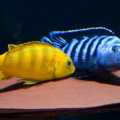When it comes to the breeding habits of glowlight tetras, many aquarium enthusiasts are curious about whether these beautiful fish lay eggs. In this article, we will detail the fascinating world of glowlight tetra reproduction and explore the process of egg-laying.

Understanding the reproductive behavior of glowlight tetras
Glowlight tetras, scientifically known as Hemigrammus erythrozonus, are a popular freshwater fish species that originate from South America. They are known for their vibrant colors and peaceful nature, making them a favorite choice for many aquarium hobbyists.
When it comes to their breeding behavior, several factors influence whether glowlight tetras will lay eggs. These include water conditions, temperature, lighting, and the presence of suitable mating partners.
How do glowlight tetras reproduce?
Male glowlight tetras are typically slimmer and more colorful than females. During the breeding season, the males will exhibit courtship behavior, often seen chasing the females around the aquarium. This behavior is an essential part of the mating rituals.
The actual egg-laying process of glowlight tetras is quite fascinating to witness. The male will drive the female over the spawning site, which is usually a mop-like structure or a clump of fine-leaved plants.
Once there, the pair will quickly lock fins, embrace, and perform a barrel roll, during which the female releases her eggs and the male fertilizes them.

Selecting Breeding Pairs
Choosing the Right Fish
When selecting breeding pairs of Glowlight Tetras, choose healthy, active aquarium fish with vibrant colors. Look at the fish’s body for signs of health.
Male Glowlight Tetras are slimmer and more colorful, while female tetras are rounder, especially when ready to lay eggs.
Including emperor tetras in the breeding tank can stimulate breeding. Feeding them live foods and frozen foods can also enhance readiness.
Signs of Readiness
To breed tetras, observe courtship behaviors like males chasing females. Female tetras will appear fuller when ready to lay eggs. Providing a diet rich in live and frozen foods can encourage breeding behavior in these egg-laying fish.

Caring for glowlight tetra eggs
Glowlight tetras are light-sensitive egg layers, which means providing a suitable environment for their eggs is crucial.
This includes ensuring that the tank is covered to maintain darkness and mimicking natural spawning triggers, such as changing the water temperature or using slightly acidic water conditions.
Once the eggs have been laid, it is important to monitor and protect them from potential predators. Some aquarists use a separate spawning tank or floating mesh breeding nets to keep the eggs safe from adult fish.
Incubation period and care for glowlight tetra eggs
Glowlight tetra eggs typically hatch within 24 to 48 hours, depending on the water temperature. During this incubation period, ensuring optimal water conditions is crucial.
It is important to maintain stable water parameters, such as temperature, pH, and ammonia levels, to maximize the chances of successful hatching.
Protecting the eggs from bacterial or fungal infections is also essential. This can be achieved by adding a mild antifungal agent to the water or using commercial egg antifungal treatments specifically designed for fish breeding.

Preparing the Breeding Tank
Tank Size and Setup
Set up a separate breeding tank of at least 10 gallons. Ensure water conditions are optimal, with slightly acidic pH and temperatures around 78-80°F.
Use floating plants and fine-leaved plants to create hiding spots and spawning surfaces. These plants also provide a dimly lit environment essential for breeding.
Substrate and Plants
Use a dark substrate to reduce light reflection and add marbles or mesh to protect the eggs.
Incorporate floating plants and fine-leaved plants like Java moss to encourage spawning. These plants help protect the eggs and provide safe spots for the few fry to become free swimming.
By selecting the right pairs of aquarium fish and preparing a suitable breeding tank, you can successfully breed Glowlight Tetras and raise healthy fry from these egg-laying fish.

Hatching and rearing of glowlight tetra fry
Once the eggs hatch, the fry will start their journey towards independence. At first, they will rely on their yolk sacs for nutrition.
As they grow, it is important to provide them with suitable food, such as finely ground flakes or commercial fry food.
Regular water changes and maintaining a clean tank are also crucial for their healthy development.
Common challenges in breeding glowlight tetras
Breeding glowlight tetras can sometimes come with its challenges. Issues such as unsuccessful egg-laying, low hatch rates, or difficulties in raising the fry can occur.
Addressing these challenges requires close monitoring of water conditions, providing proper nutrition, and adjusting breeding techniques if necessary.
Summary and conclusion
Glowlight tetras are indeed egg-layers and their breeding behavior offers an amazing spectacle for aquarists to observe.
By understanding their reproductive behavior, providing suitable conditions for egg-laying, and ensuring proper care for the eggs and fry, you can successfully breed and raise glowlight tetras in your aquarium.
Remember to monitor water conditions, maintain cleanliness, and be prepared for potential challenges along the way.










